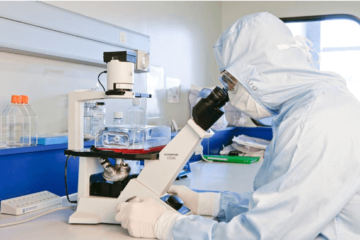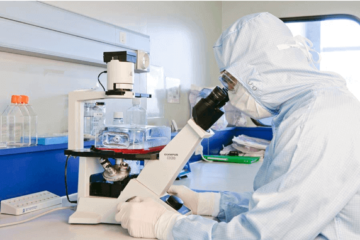Assessing Cardiac Stem Cell Therapy in Systolic Dysfunction
Cardiac stem cell therapy holds promise for treating systolic dysfunction, a severe heart condition. However, its efficacy remains uncertain. This article analyzes recent clinical trials, evaluating the safety and effectiveness of cardiac stem cell therapy in improving cardiac function and reducing mortality. The findings provide insights into the potential benefits and limitations of this therapeutic approach.












